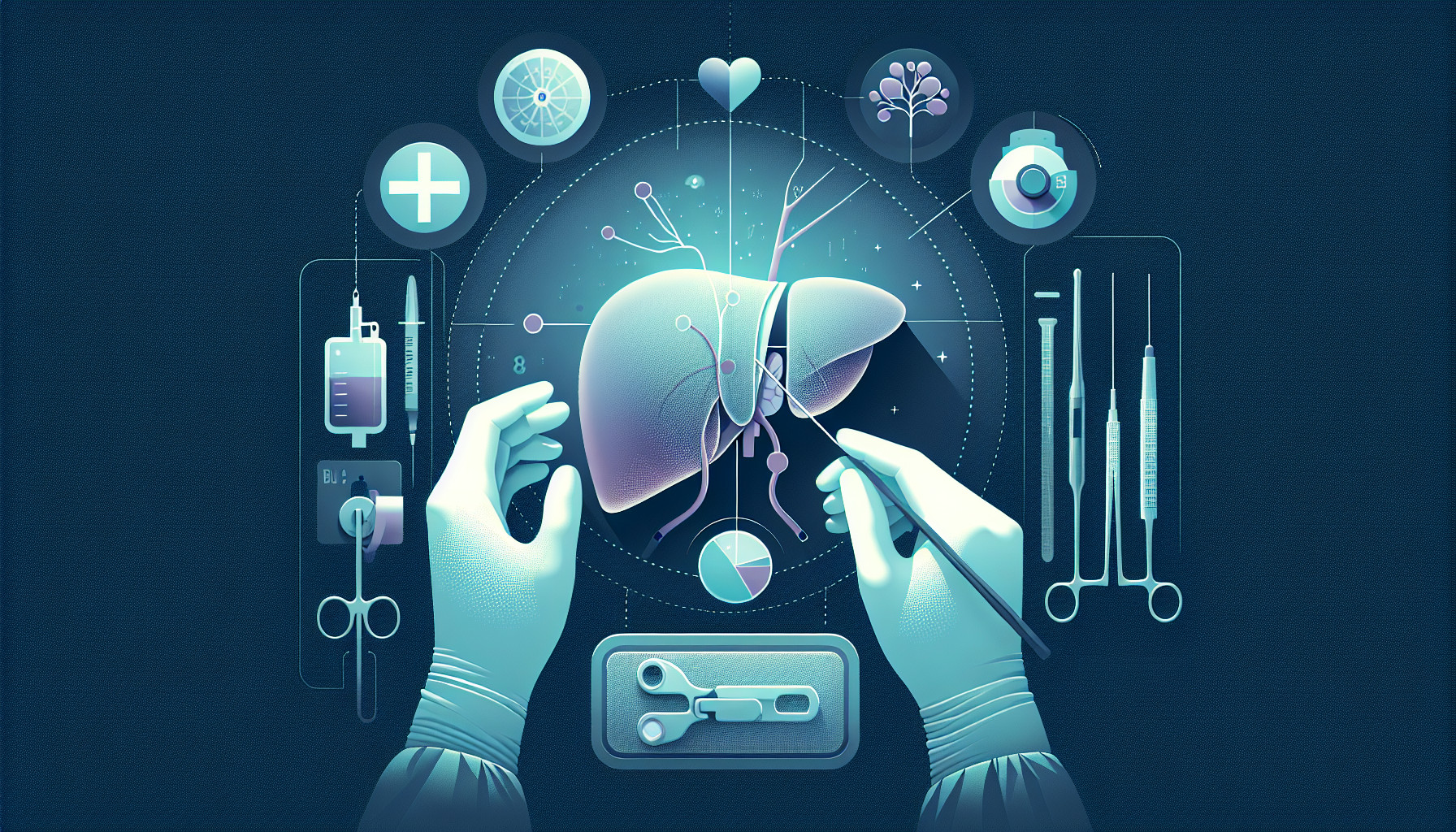Our Summary
The study discusses a condition called post-transplant lymphoproliferative disorder (PTLD), a potentially deadly complication that can occur after a child has a liver transplant. The researchers looked at the medical records of 150 children who had liver transplants at a medical center in South Africa from 2012 to 2019. They found that about 11% of these children developed PTLD after their transplants.
Children who got PTLD were usually younger and had a higher chance of having a specific type of liver disease. Almost 90% of these children also had no immunity to a virus called Epstein-Barr at the time of their transplant. The researchers also found a connection between high levels of Epstein-Barr virus after transplant and lower levels of a protein called albumin in the blood with the development of PTLD.
Children with PTLD were also more likely to have another viral infection, cytomegalovirus (CMV). Both CMV and the combination of high Epstein-Barr virus levels and low albumin were linked to a higher risk of getting PTLD.
Out of the children who got PTLD, about a quarter of them died, but their survival rate was similar to the children who didn’t get PTLD after their liver transplant. The rate of PTLD in this group of children was similar to rates seen in children from other parts of the world.
FAQs
- What is post-transplant lymphoproliferative disorder (PTLD) and how common is it in children who have had a liver transplant?
- What factors are associated with a higher risk of developing PTLD after a liver transplant in children?
- What is the survival rate of children who develop PTLD after a liver transplant compared to those who do not develop the disorder?
Doctor’s Tip
A doctor might advise a patient about the importance of monitoring for signs of post-transplant lymphoproliferative disorder (PTLD) after a pediatric liver transplant. They may recommend regular screenings for Epstein-Barr virus and cytomegalovirus, as well as monitoring levels of albumin in the blood. It is also important to ensure the child’s immune system is functioning properly to prevent infections that could increase the risk of PTLD. If any concerning symptoms or changes occur, it is crucial to seek medical attention promptly for early intervention and treatment.
Suitable For
Overall, pediatric patients who are at higher risk for developing PTLD after a liver transplant are usually younger, have a specific type of liver disease, have no immunity to Epstein-Barr virus, have high levels of Epstein-Barr virus and low levels of albumin in the blood after transplant, and may also have a cytomegalovirus infection. These patients may require closer monitoring and early intervention to prevent and manage PTLD.
Timeline
Before pediatric liver transplant:
- Diagnosis of liver disease requiring a transplant
- Evaluation by a transplant team
- Placement on the transplant waiting list
- Wait for a suitable donor liver
After pediatric liver transplant:
- Surgery to remove the diseased liver and replace it with a donor liver
- Recovery period in the hospital
- Monitoring for signs of rejection and infection
- Long-term follow-up care to manage medications and monitor for complications
- Development of potential complications such as post-transplant lymphoproliferative disorder (PTLD)
- Treatment for PTLD if diagnosed, including monitoring for other viral infections like Epstein-Barr and CMV
- Monitoring of overall health and survival rates post-transplant
What to Ask Your Doctor
- What is post-transplant lymphoproliferative disorder (PTLD) and how common is it in pediatric liver transplant patients?
- What are the risk factors for developing PTLD after a liver transplant in children?
- How can we determine if a child has immunity to Epstein-Barr virus before the transplant, and how does this impact their risk of PTLD?
- What role does high levels of Epstein-Barr virus and low levels of albumin play in the development of PTLD?
- How is PTLD typically treated in pediatric liver transplant patients?
- Are there any preventative measures that can be taken to reduce the risk of PTLD in children after a liver transplant?
- What is the survival rate for children who develop PTLD after a liver transplant?
- How does the rate of PTLD in pediatric liver transplant patients in South Africa compare to rates in other parts of the world?
- Are there any specific follow-up or monitoring protocols that should be in place for children who are at a higher risk of developing PTLD after a liver transplant?
- Are there any ongoing research studies or clinical trials focused on improving outcomes for pediatric liver transplant patients at risk for PTLD?
Reference
Authors: Walabh P, Moore DP, Hajinicolaou C. Journal: Transpl Infect Dis. 2024 Apr;26(2):e14221. doi: 10.1111/tid.14221. Epub 2023 Dec 28. PMID: 38152054
